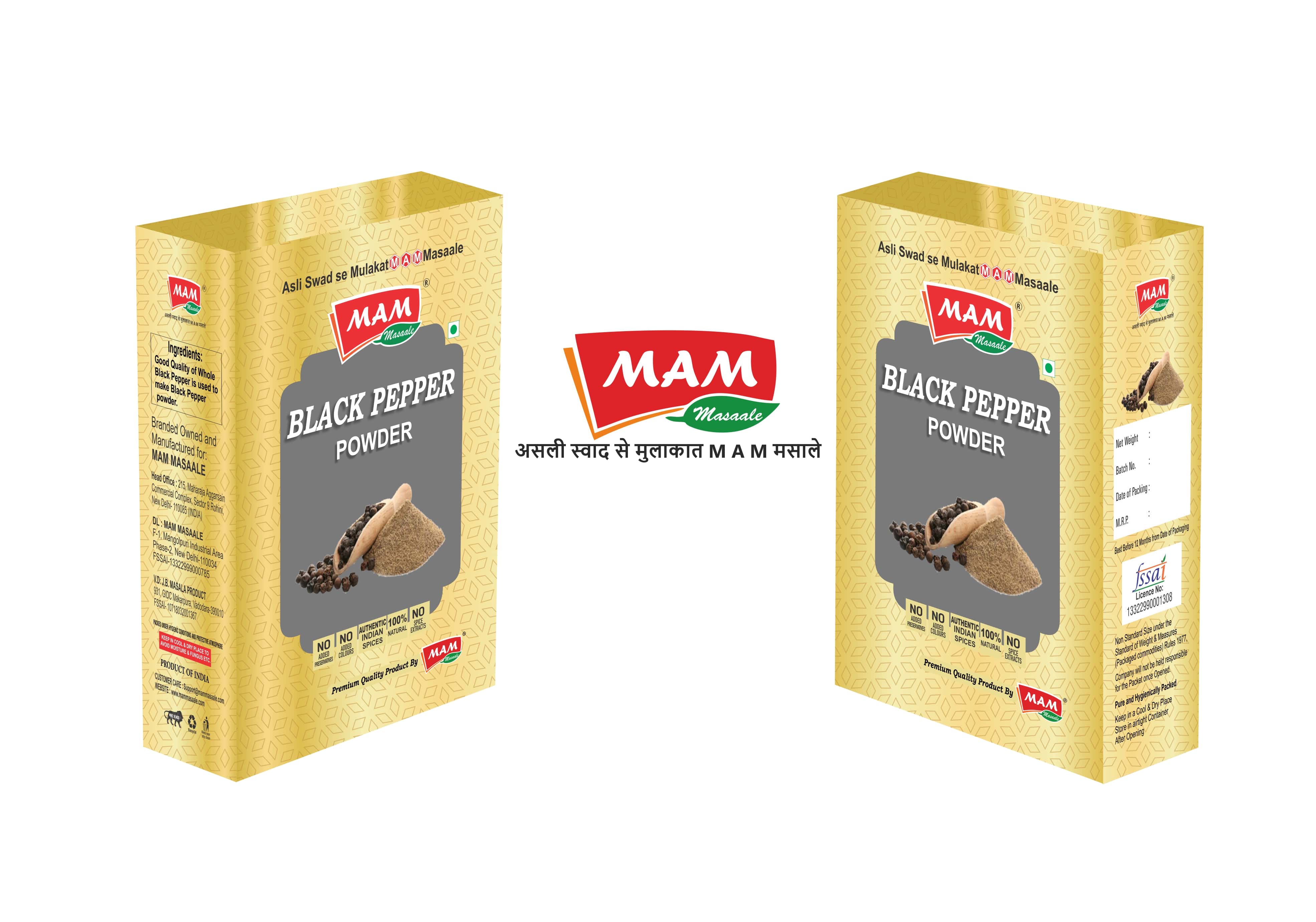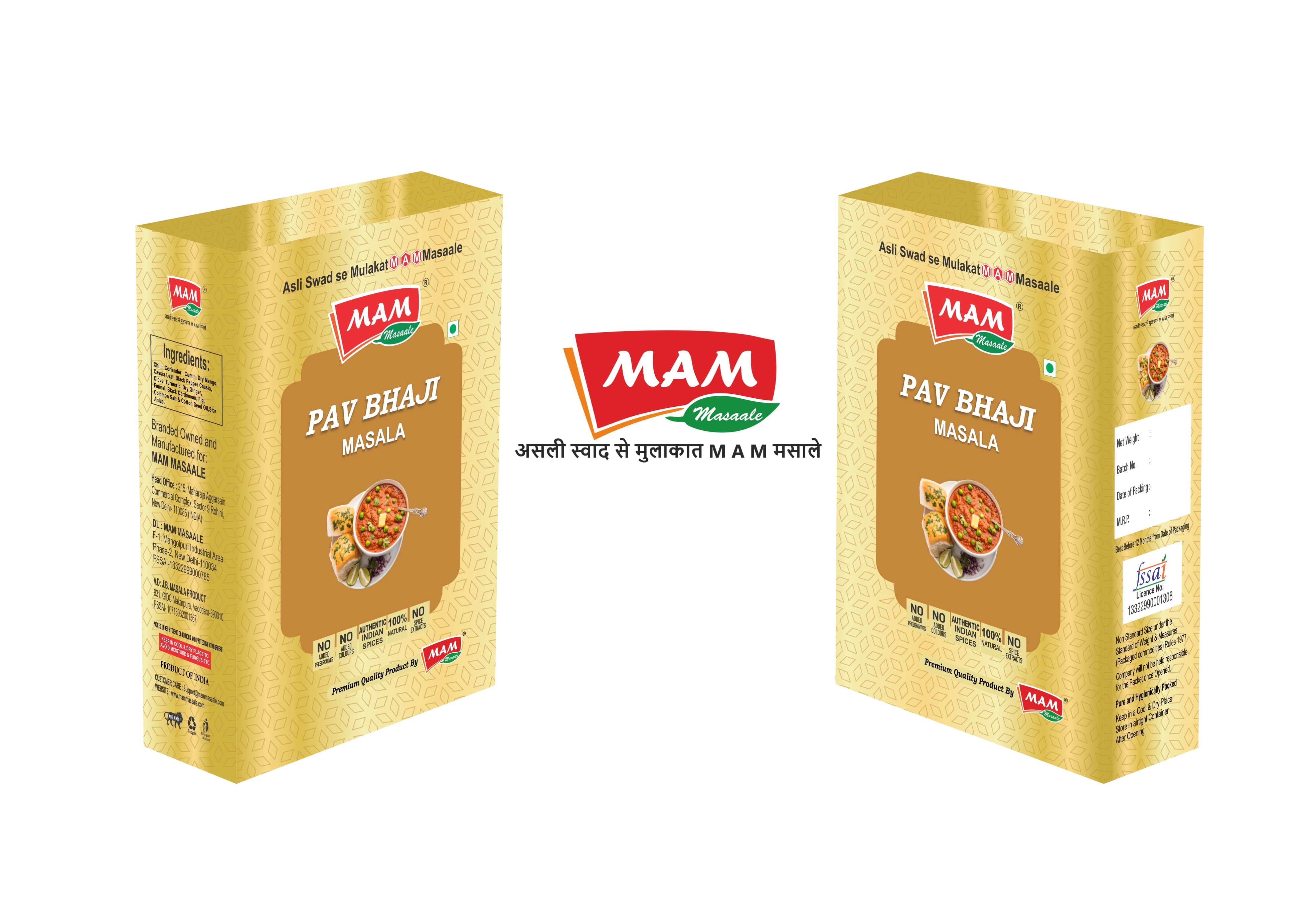Spices have been an integral part of India's rich cultural heritage, influencing not only its diverse cuisine but also playing a pivotal role in global trade. Known for their aromatic flavors and medicinal properties, Indian spices have become a sought-after commodity worldwide. In this article, we delve into the fascinating world of spice trade, exploring the countries and entities that actively import spices from India.
India's Spice Heritage:
India has been a spice hub for centuries, with a history deeply rooted in the cultivation and trade of a wide array of spices. The country's favorable climate, diverse geography, and traditional farming practices have made it a global leader in spice production. Key spices from India include turmeric, cumin, coriander, cardamom, cloves, pepper, cinnamon, and fenugreek, each contributing unique flavors and health benefits to culinary delights.
The Global Spice Market:
The global spice market has witnessed a significant surge in demand over the years, driven by the growing appreciation for diverse cuisines and the increasing awareness of the health benefits associated with various spices. As a result, several countries actively engage in the import of spices, with India being a major supplier to meet this burgeoning demand.
Top Importers of Indian Spices:
United States:
The United States stands as one of the largest importers of Indian spices, driven by the popularity of Indian cuisine and the multicultural nature of American society. Indian spices, including curry powder, cumin, and cardamom, have become staples in many American kitchens, contributing to the country's vibrant culinary landscape.
- United Kingdom:
The United Kingdom has a long historical connection with Indian spices, dating back to the colonial era. Today, British consumers continue to embrace Indian flavors, with spices like turmeric and garam masala finding their way into traditional British dishes, reflecting the influence of India on the UK's gastronomic scene.
- United Arab Emirates:
As a central trading hub in the Middle East, the United Arab Emirates (UAE) plays a crucial role in the global spice trade. Indian spices are highly valued in the UAE, where they are not only used in local cuisine but also re-exported to other parts of the world. The diverse expatriate population in the UAE contributes to the demand for a wide range of Indian spices.
- Saudi Arabia:
Saudi Arabia, with its rich culinary traditions, has a strong affinity for Indian spices. The use of spices like saffron, cardamom, and cinnamon adds depth and flavor to Saudi Arabian dishes. The country's robust spice imports from India reflect the integral role spices play in Middle Eastern cuisine.
- Canada:
In Canada, the multicultural mosaic has led to an increased interest in global cuisines, including Indian. The demand for Indian spices has risen steadily, with Canadian consumers incorporating spices like coriander, cumin, and mustard seeds into their cooking, creating a fusion of flavors.
- European Union:
The European Union collectively represents a significant market for Indian spices. Countries like Germany, the Netherlands, and France are notable importers, with Indian spices enhancing the authenticity of regional dishes. The EU's diverse culinary landscape provides ample opportunities for the integration of Indian spices into various cuisines.
- Japan:
Even in the Far East, Indian spices have found their place. Japan, known for its unique culinary traditions, has witnessed a growing interest in Indian flavors. Spices like turmeric and cumin have gained popularity, adding a distinct touch to Japanese dishes.
- Australia:
Australia, with its multicultural population, has embraced the flavors of Indian cuisine. The demand for Indian spices has risen in recent years, and they are now commonly used in both traditional and fusion Australian recipes.
- Factors Driving Spice Imports:
Several factors contribute to the widespread import of spices from India across the globe:
Culinary Diversity:
The rich and diverse culinary heritage of India, with its myriad of regional cuisines, has captivated the taste buds of people worldwide. The use of spices in Indian cooking creates a symphony of flavors that resonates with a global audience.
- Health and Wellness Trends:
The increasing focus on health and wellness has propelled the demand for spices known for their medicinal properties. Turmeric, with its active compound curcumin, has gained particular attention for its anti-inflammatory and antioxidant benefits, driving its popularity on a global scale.
- Globalization:
The interconnected world we live in today, characterized by globalization, has facilitated the exchange of culinary traditions. As people explore diverse cuisines, the demand for authentic ingredients, including spices from India, has soared.
- Ethnic Diaspora:
The migration of Indian communities to various parts of the world has played a crucial role in popularizing Indian spices. Diaspora communities actively seek out and import spices to maintain a connection with their cultural roots and incorporate familiar flavors into their new culinary landscapes.
- Increased Awareness:
With the advent of the internet and social media, there has been a surge in awareness regarding the culinary and health benefits of Indian spices. This increased knowledge has contributed to a growing consumer base for Indian spices across different continents.
The global spice trade, particularly the import of spices from India, is a dynamic and thriving sector. The universal appeal of Indian spices, driven by their rich flavors and health benefits, has transcended cultural boundaries. As the world continues to embrace diverse culinary experiences, the demand for authentic and high-quality spices from India is poised to grow. However, stakeholders in the spice trade must navigate challenges such as quality control, logistics, and regulatory compliance to ensure a sustainable and prosperous future for this vibrant industry.
































